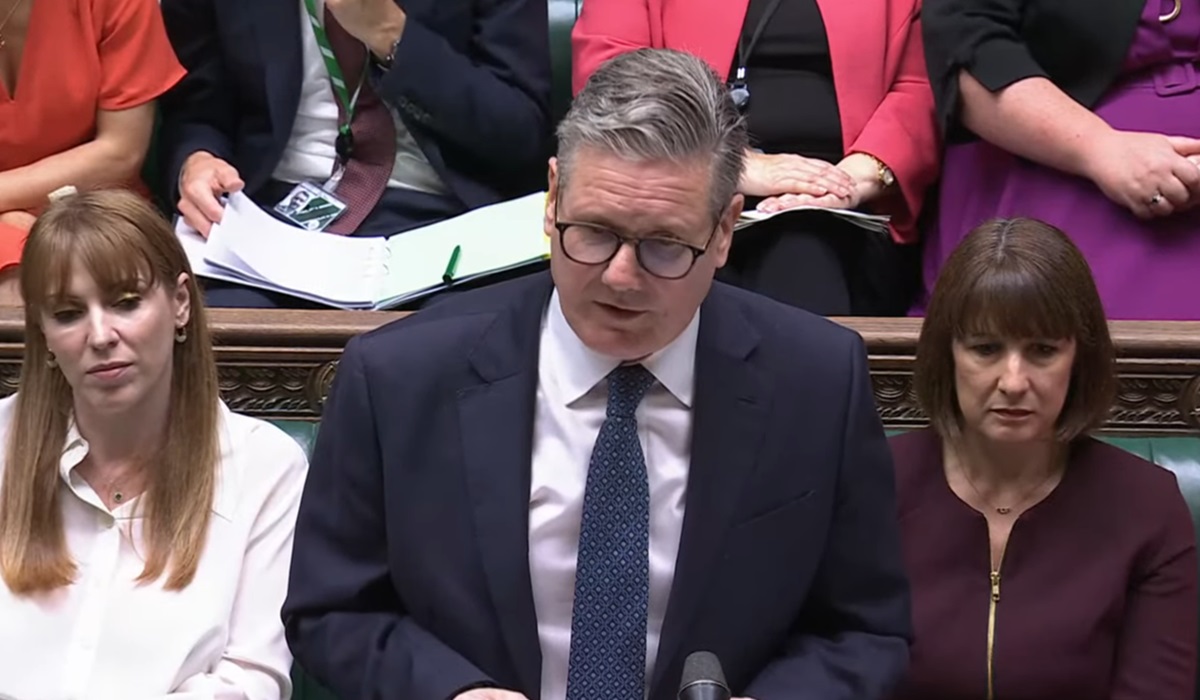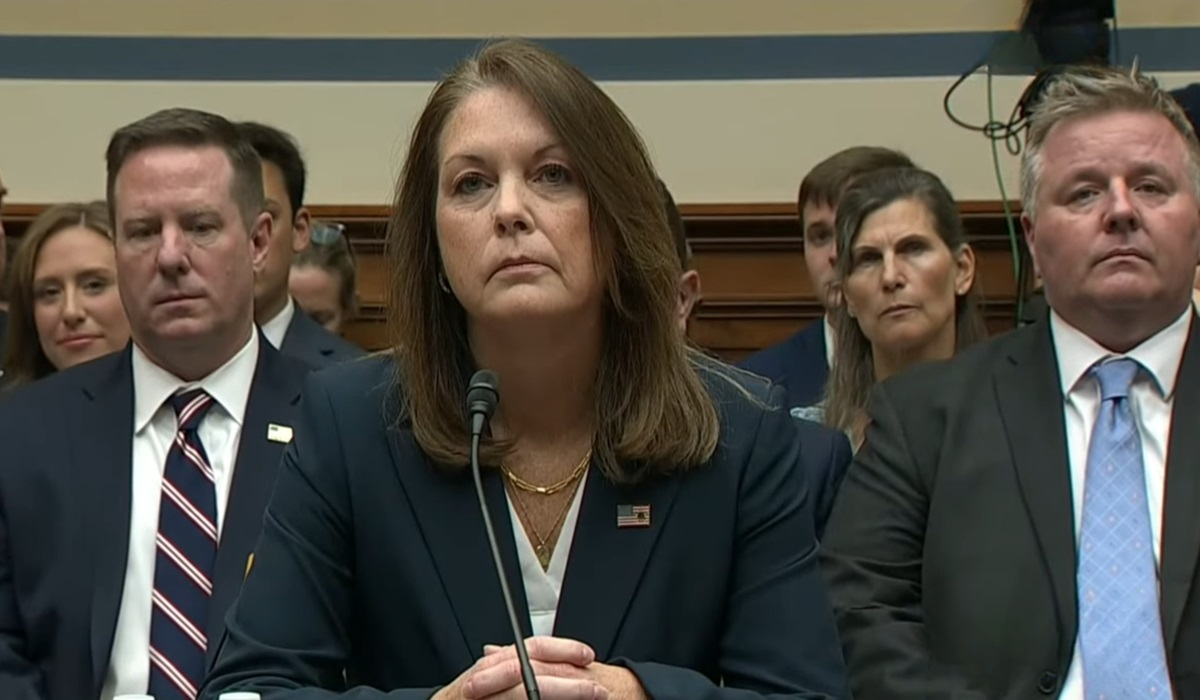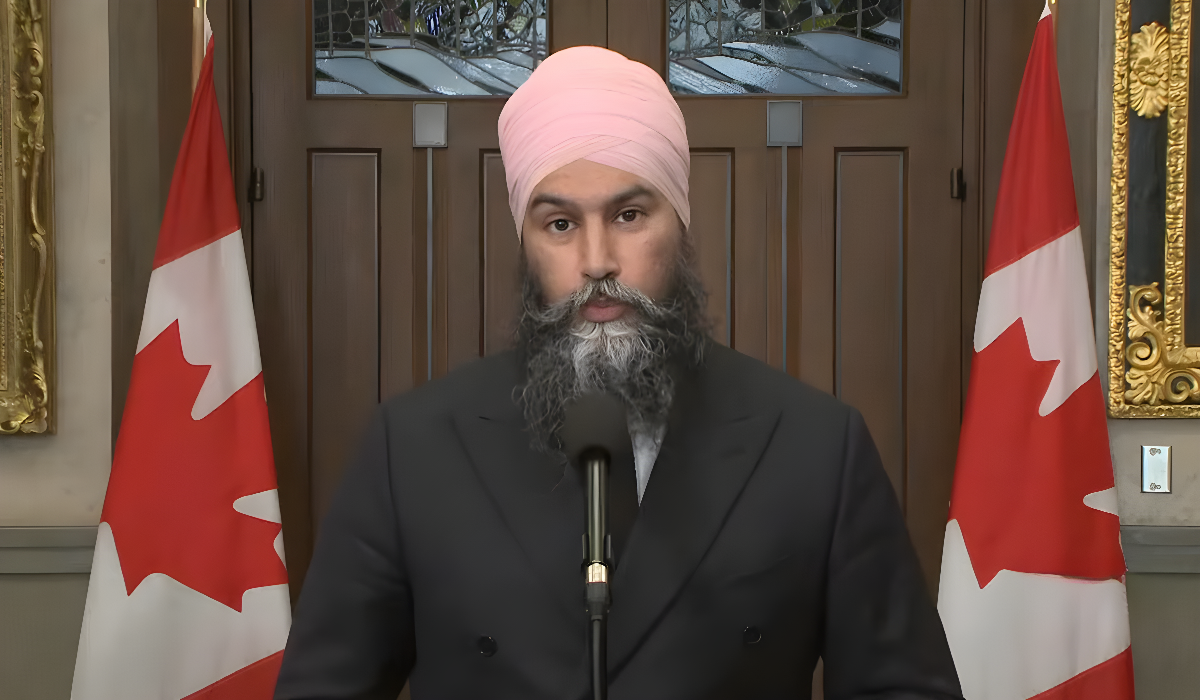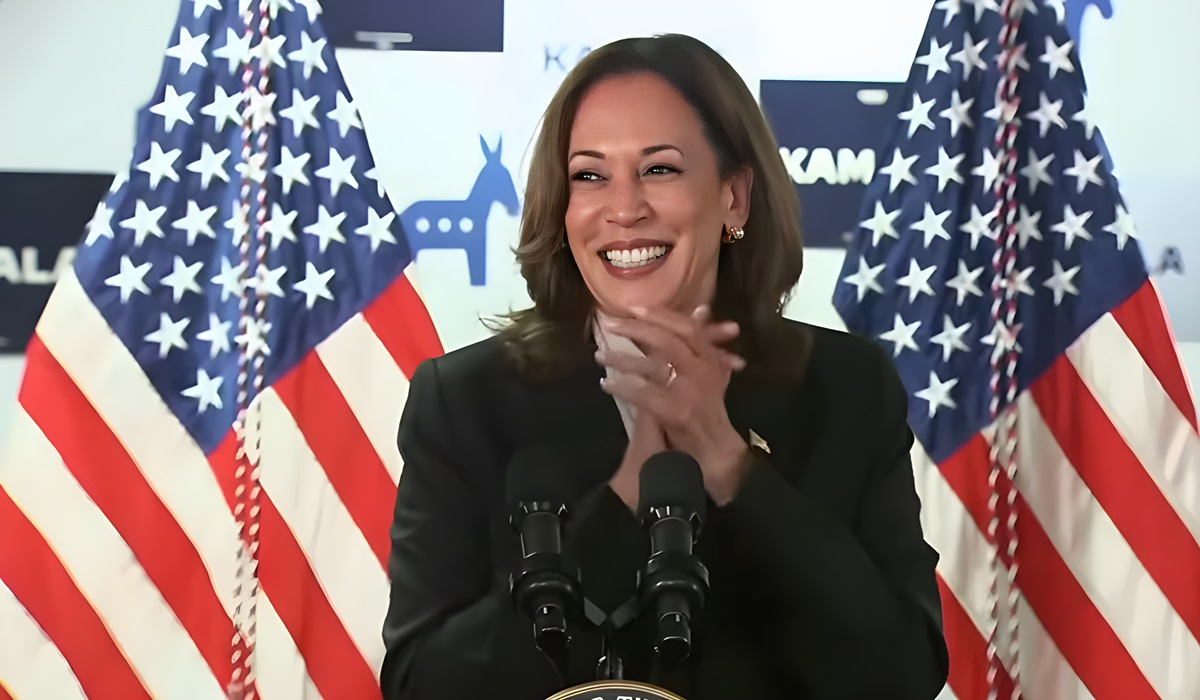The Art of Manipulation: How Polls Can Be Tailored to Fit Any Narrative
- TDS News
- Breaking News
- Canada
- September 12, 2023
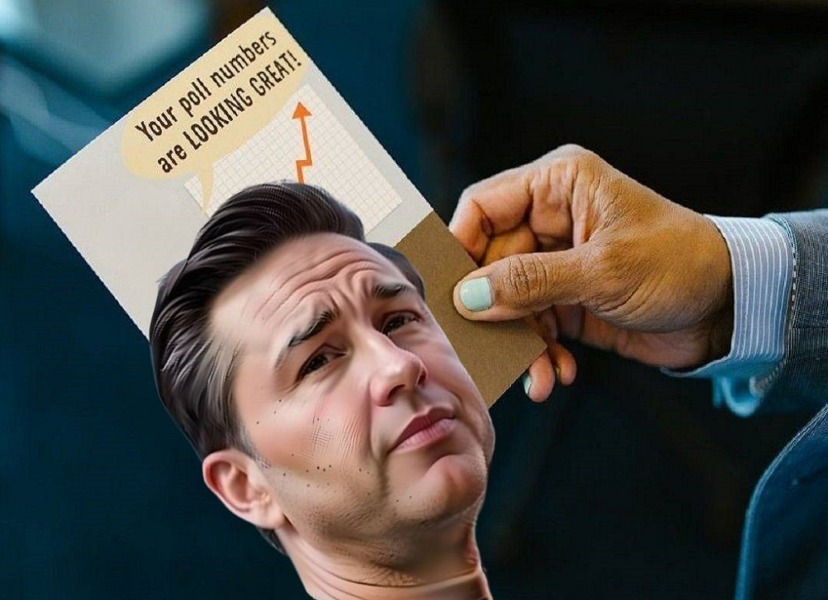
In today’s era, “polling” in public opinion seems increasingly subjective, often bending to the whims of those who commission the polls. It’s a time when anyone with a vested interest can readily commission a poll, effectively tailoring the results to align with their desired narrative, much like the selective nature of specific studies. It’s worth noting that the timing of these polls often raises eyebrows; one cannot help but wonder if it’s a coincidence that multiple polls emerged after a conservative leader, Pierre Poilievre’s convention speech, showering them with a substantial lead. This pattern extends to the past, where the last three federal elections indicated that the Conservative Party was destined to take the helm, supposedly echoing the will of all Canadians. Yet, the question remains: Can we truly trust these numbers, and are they set in stone for the next couple of years, or do these pollings primarily serve the narrative of those who seek to wield their influence?
Election polls are an unavoidable part of any national political campaign. Since the 1920s, when Gallup began polling public opinion, these surveys have become essential to a nation’s political process. Candidates and their teams often ask for the public’s opinion on various issues throughout a campaign. After a campaign, pollsters will use their surveys to predict which party will be victorious in the upcoming elections. However, this is a difficult task since polls are only as accurate as the information they contain.
One problem that pre-election polls have is that they’re generally considered to be somewhat biased. This is because polls tend to oversample certain groups or demographics. For example, early election polling tends to favour Conservatives by underrepresenting Democratic or Liberal voters. Polls also tend to skew toward older people and often under-represent marginalized communities of people of colour. Many other factors can lead to bias in pre-election polling; each poll is different and is subject to sampling errors.
Any survey can be improved by taking a close look at its methodology. The most common methodology used in national election polls is telephone sampling. However, there are several other options available to pollsters. Online polling is perceived to be more accurate but is far less popular among surveyors. Either method allows pollsters to reach respondents easily. It enables the polling companies to select who participates in the surveys, which can also fit the narrative of the company or candidate that commissioned the polls. Other factors that should be considered are the number of participants and the questionnaire length. Naturally, a larger sample size will yield a more reliable result, while brief questionnaires will yield more current answers that are less representative of the community.
They are not because polling companies have trained the media and society to believe they are essential to a country’s political system. Using consistent methodology helps ensure that future polls are accurate and representative of the majority of public opinion. Ultimately, polls shape a narrative and can harm democracies as they do not reflect the majority and how they feel about government policy.
A common question regarding this data is whether people think Candidate A is better than Candidate B or think Candidate B is worse than Candidate A. This line of thinking suggests that people are more likely to vote for someone they believe is better than themselves. However, this bias can be overridden by other factors, such as party affiliation and current political circumstances.
Polls also suffer from selection bias; people respond to surveys more willingly when an interested party seeks their opinions. There are many pitfalls for interpreting election polls, and these conclusions may or may not be accurate based on the abovementioned factors.
Interpretive difficulties often arise when scrutinizing public opinion through polling data due to various sources of potential bias. A significant concern is sampling, which emerges during the data collection process. While random samples yield more accurate results, poll research frequently relies on targeted samples due to their cost-effectiveness and accessibility. This decision, however, can introduce sampling bias by either involving unrepresentative respondents or utilizing an unrepresentative sample size. These issues, when combined with potential miscalculations in weighting factors, further exacerbate errors in polling outcomes, rendering the task of drawing accurate conclusions a challenging endeavor.
Moreover, the interpretation of polling data can be significantly influenced by the choices made by news outlets in reporting survey results. Polls commissioned by news organizations often focus on individuals whose viewpoints align with their editorial or political narrative, potentially resulting in one-sided outcomes. In this context, political commentators often lean towards survey results that align with their preferences, as such data directly influences the decisions made by elected officials.
One example was how the former United States President, Donald Trump, used Fox News and other right-wing media outlets to spread his fascist opinions, often resulting in polls favouring him. From a career perspective, this approach aligns with politicians’ interests. Therefore, grasping the selection of polling data that journalists emphasize can provide valuable insights into the dynamics of a particular election from both sides of the aisle.
While polls offer an accessible way for observers to stay current on popular opinions- both favourable and unfavourable- they’re only as reliable as the people who take them. The information in these surveys is subject to selection bias, sampling error and other factors that can sometimes make it difficult to interpret. Moreover, many news outlets choose not to cover specific survey results due to partisan interests or their current government policies towards certain demographic groups or viewpoints.
Ultimately, everyone desires accurate predictions of future events based on current circumstances. However, these predictions only become reliable when the current circumstances closely align with their present aspirations, ensuring that forecasts genuinely mirror future realities. Until such consistency and transparency in alignment can be achieved, it remains prudent not to place complete trust in election polls or their outcomes.

